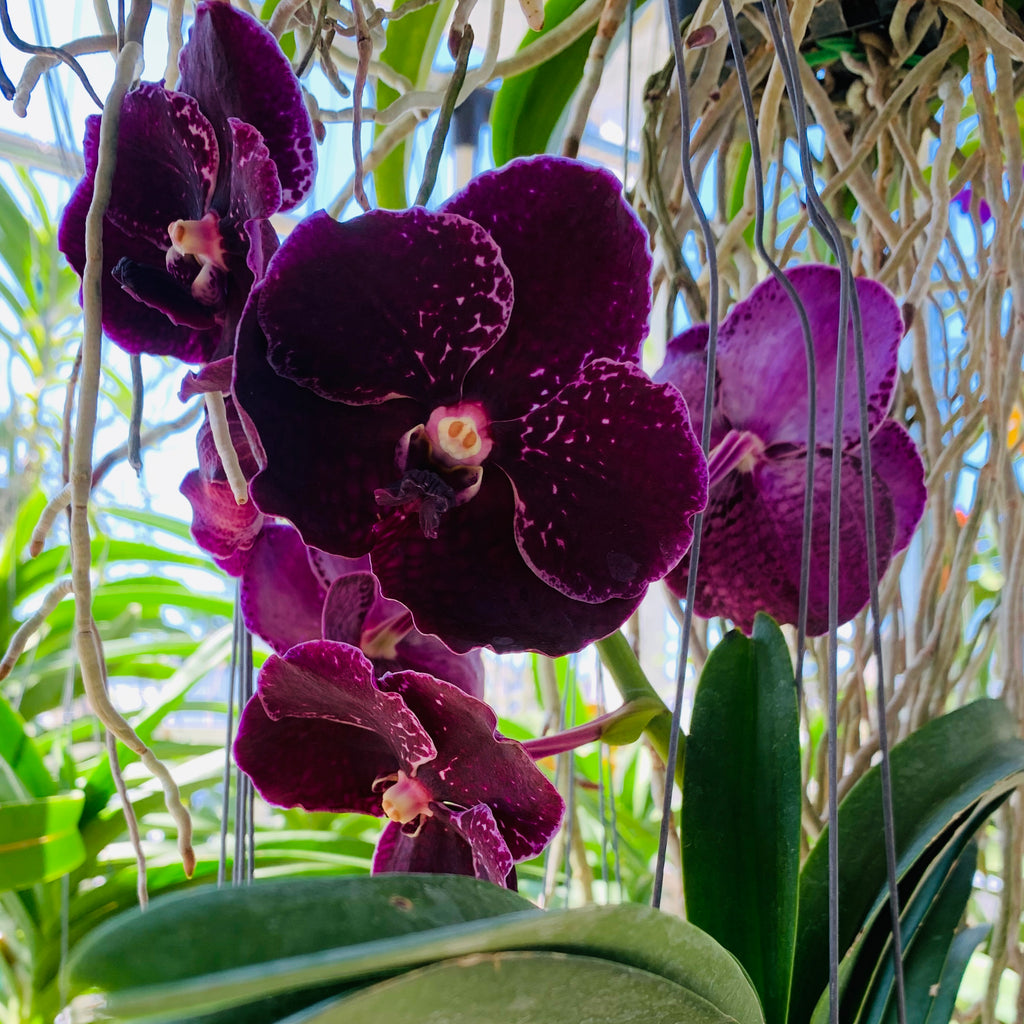
Vanda Care Basics: Food + Light

Shade vs. Sunlight
Perhaps the second most important topic is ‘How much Sun or shade does my Vanda need?’ This is dependent on which type of Vanda you are asking about. If you purchased a Vanda from us it was more than likely a strap leaf Vanda as these are what we specialize in. Strap leaf Vanda’s can be grown in full sun but need to be acclimated slowly. While we do have some plants from our personal collection in full sun, our sale collection is grown in a shade house with ~60% shade screen. We recommend that when you receive your Vanda you try to maintain this shade level, but Vanda’s can also be hung under a roof cover or from large trees. As long as the Vanda does not get full sun from at the hottest part of the day, and ideally gets full sun in the early morning (7am-12pm) it should thrive. Sunlight provides a means of ‘eating food’ for the Vanda and if you fertilize (feed) the plant but cannot provide a way to absorb that energy, i.e. sunlight and chlorophyll production, your plant will not grow optimally and may actually suffer in the long term. We keep most of our personal collection under a covered deck and have 50% shade screen on the northwestern facing side to provide some light filtering from the mid-afternoon sun. This method has worked well for all of our orchids, from Vanda’s to Phalaenopsis, Cattleya and Oncidium. It should be noted that as the seasons change so do the patterns of the sun in reference to your property. A position that may work in the winter season may not work for summer. I have seen people cook their Orchids because they have not noticed the change in exposure to sunlight.
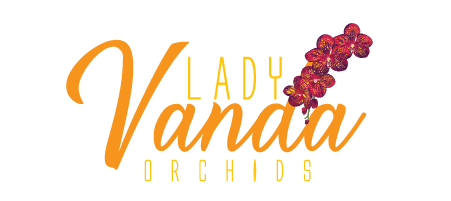

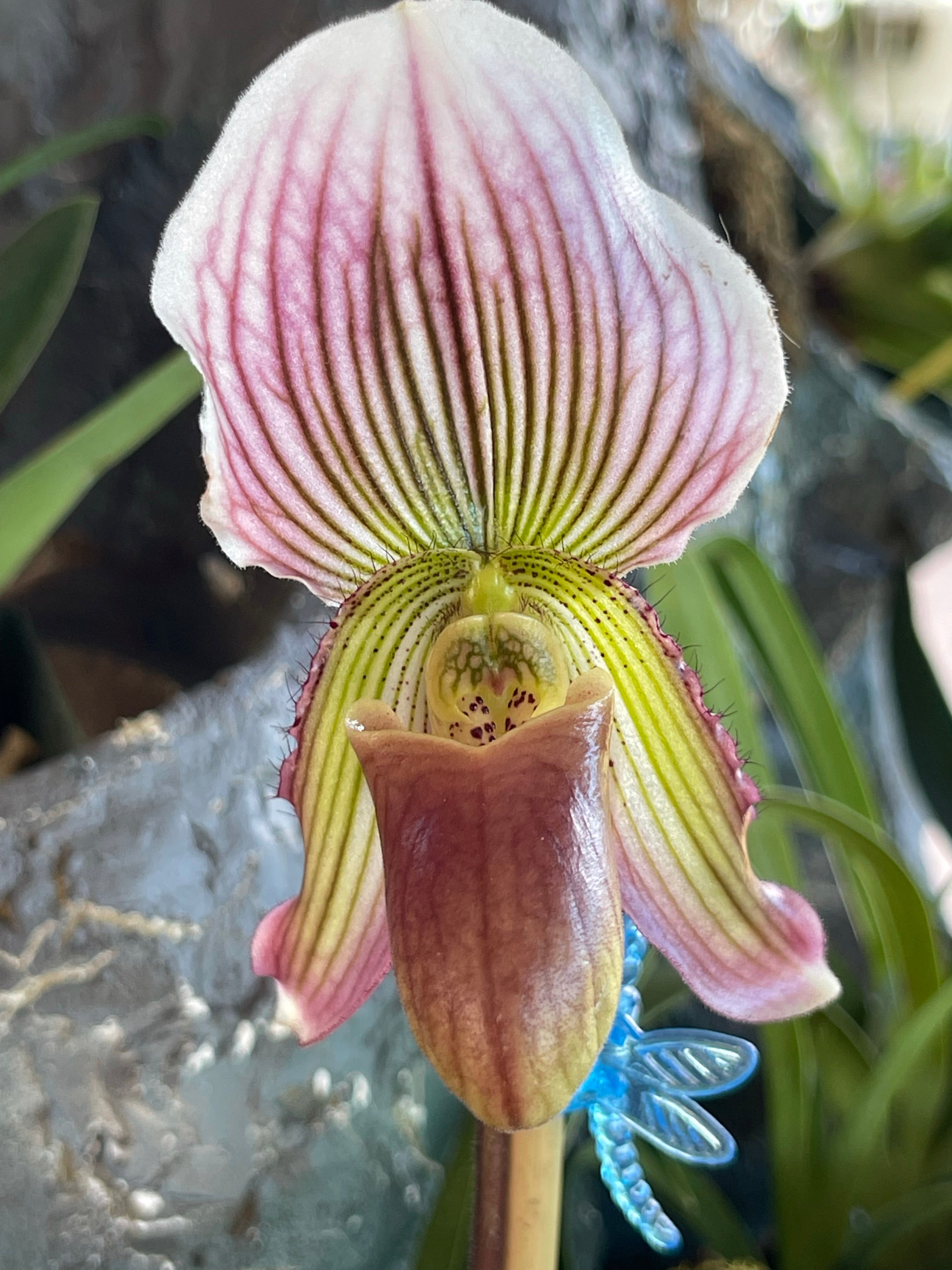
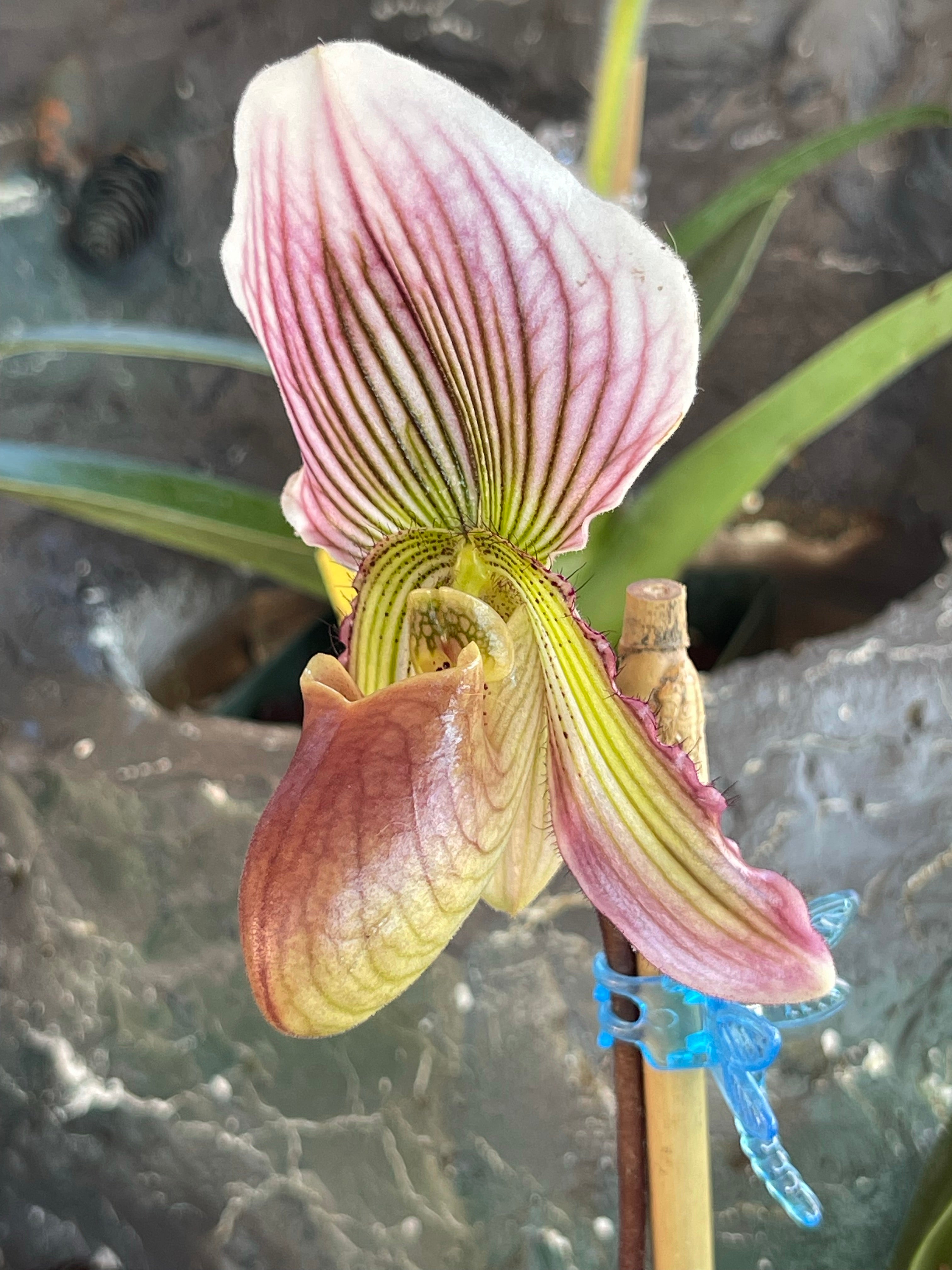
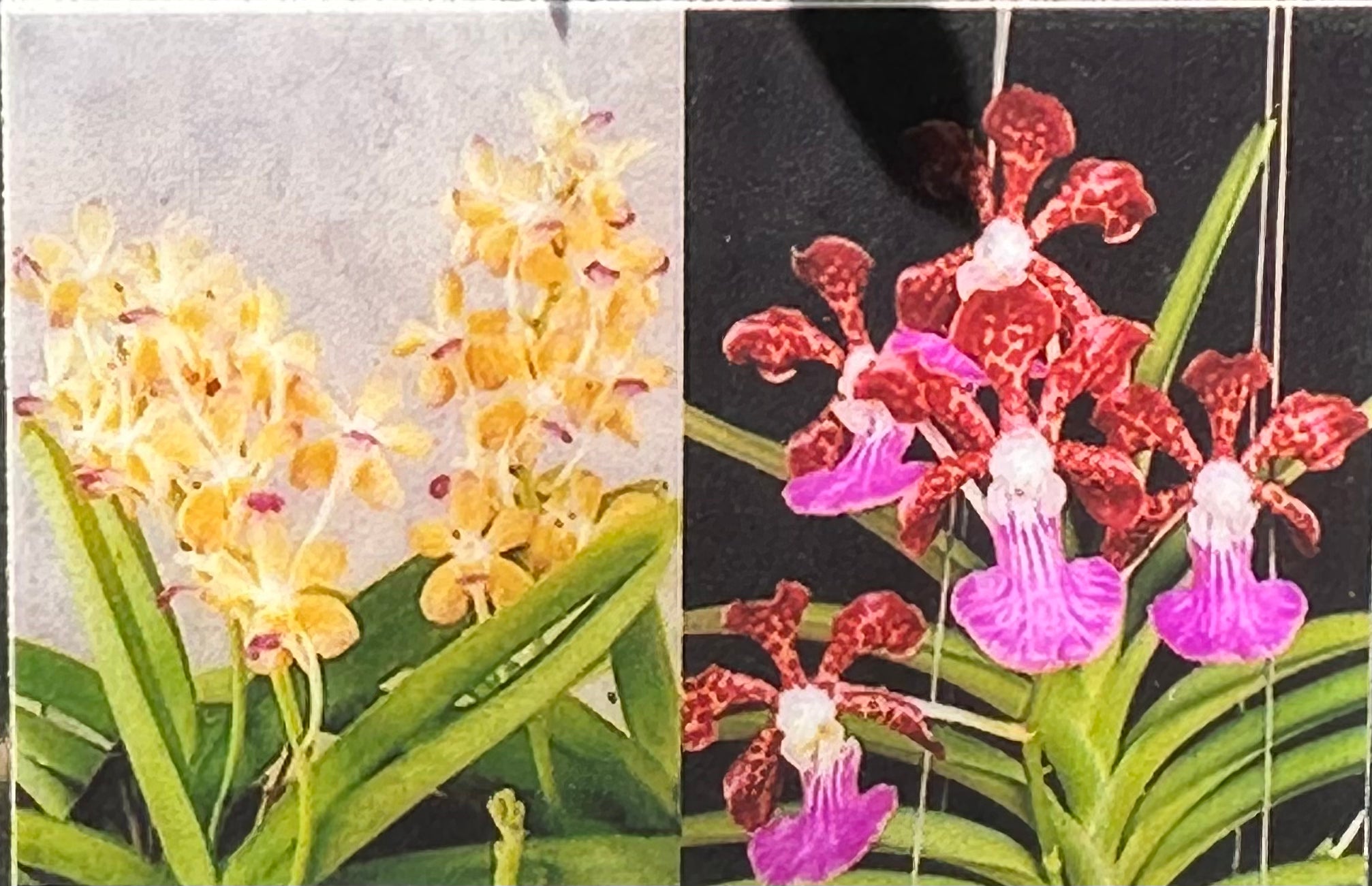
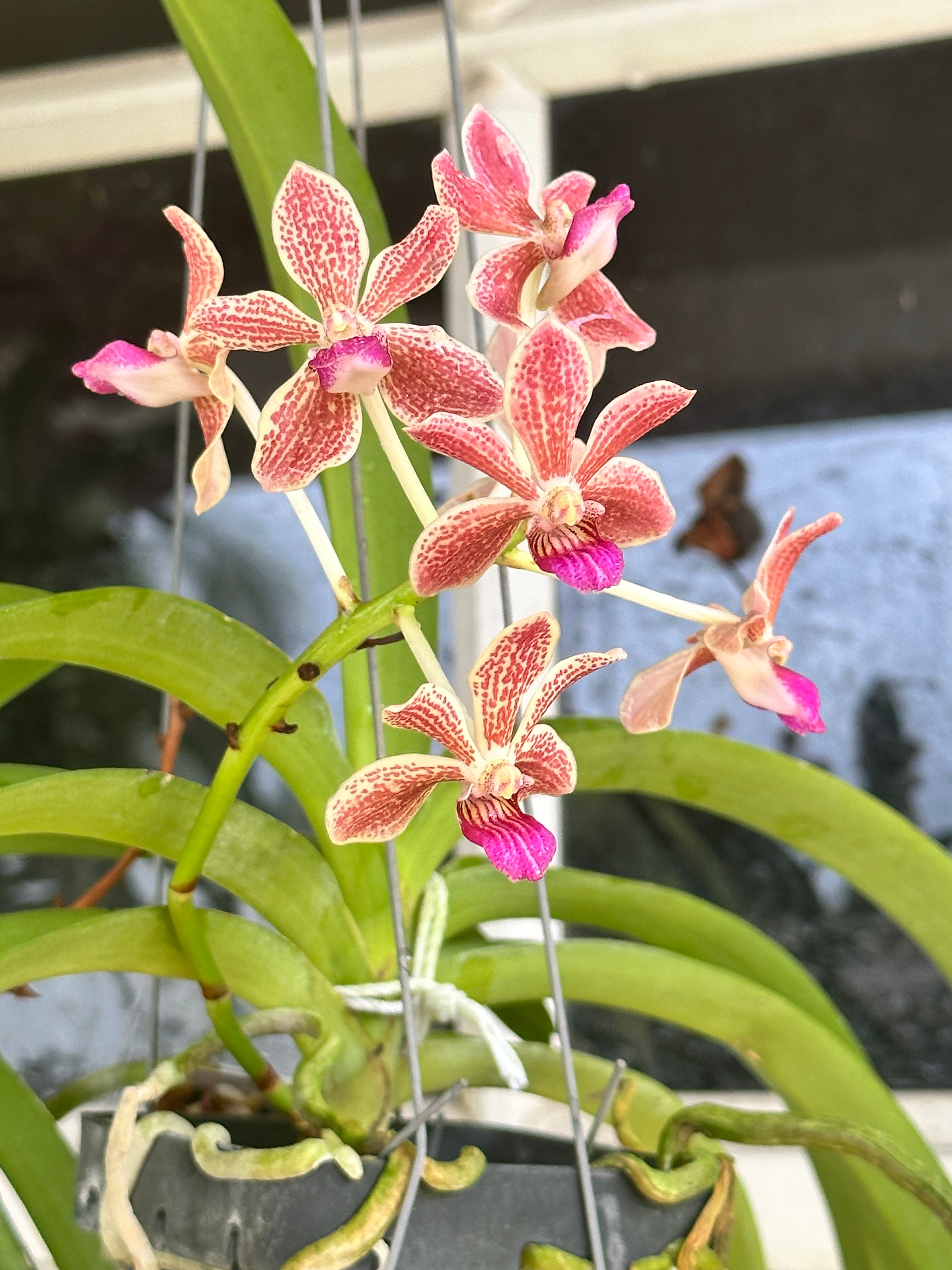
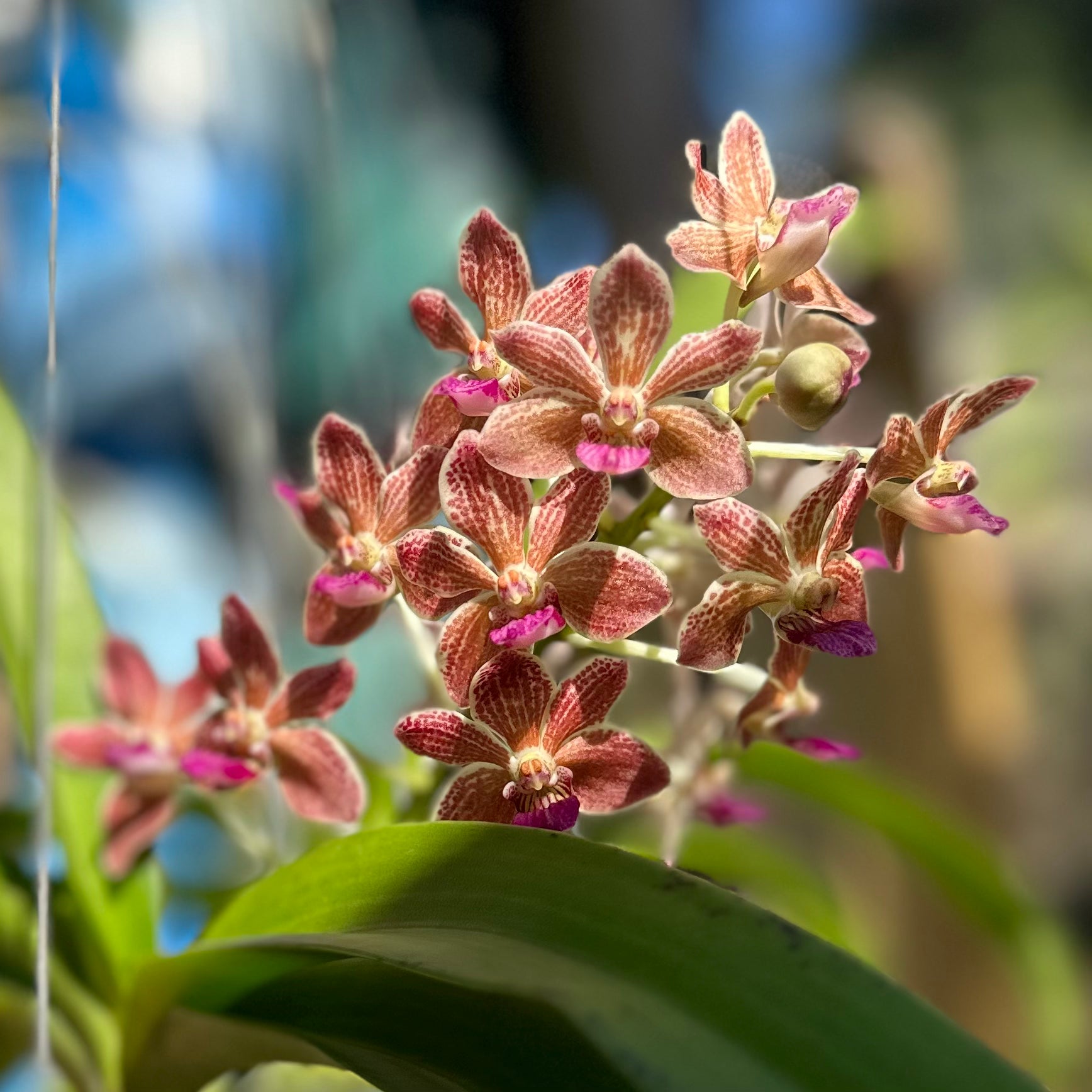
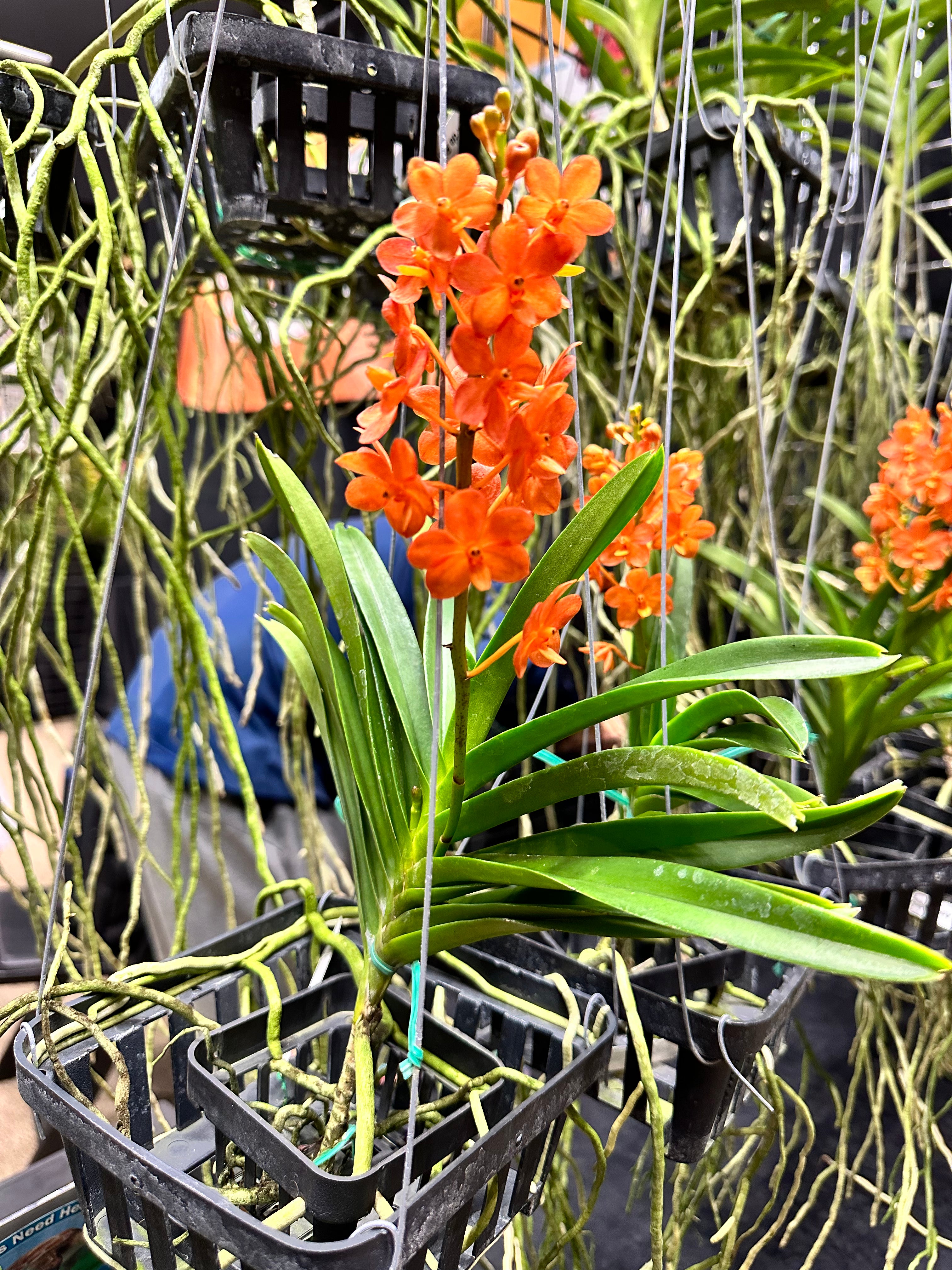



Can Vanda be placed under a grow light?